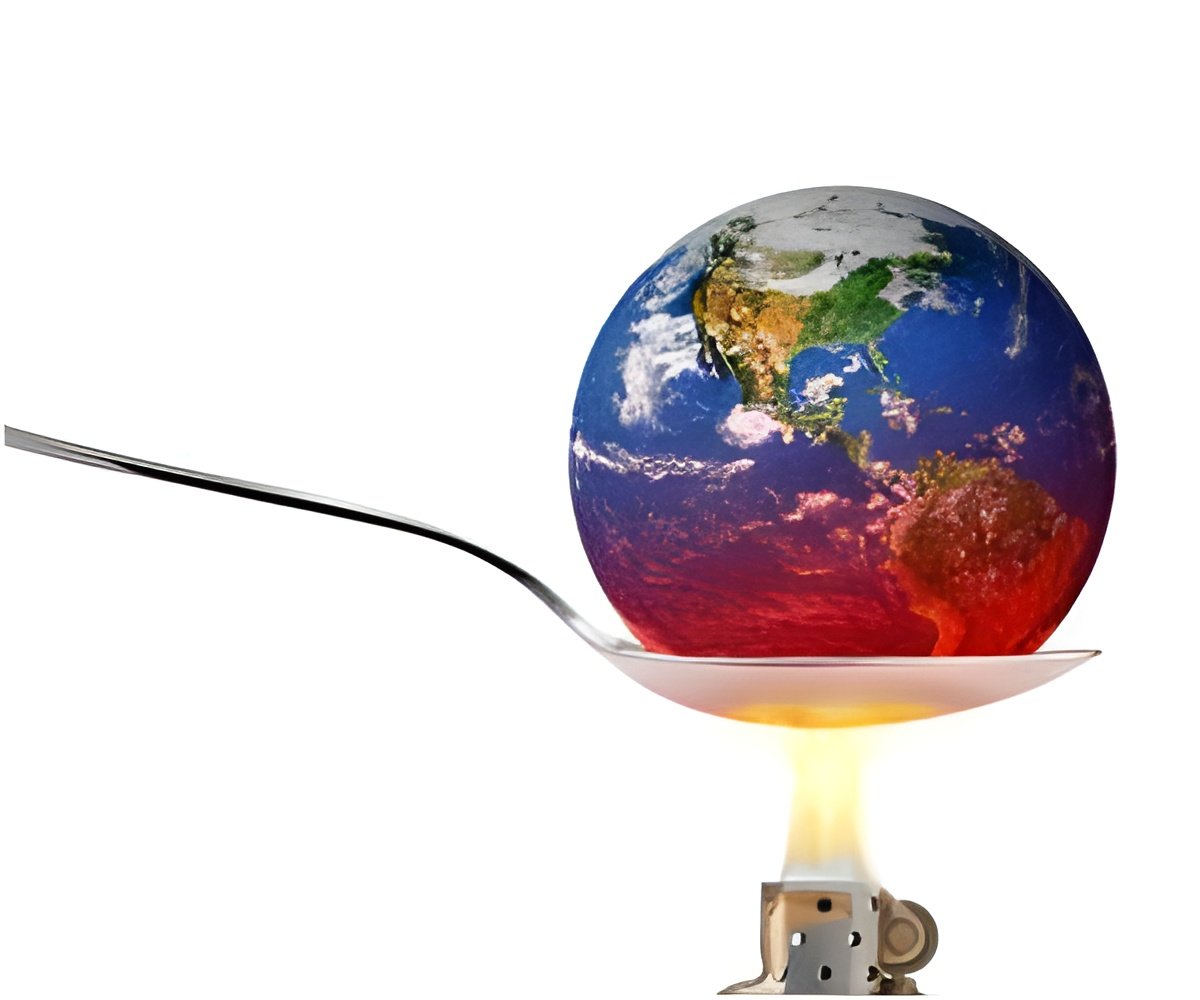An increase in carbon dioxide in Earth's atmosphere has been linked to changes in the circulation and biological activity of the oceanic waters surrounding Antarctica.

When living organisms in the sea die and decay, they release carbon isotopes 13C. This then, remains stored in the cold, deep waters for centuries.
However, a growing concentration of the isotope 13C in the air during the last de-glaciation indicates that this carbon from decomposition of organisms was released from the southern polar waters, where the Antarctic Circumpolar Current transports more water than any other current in the world. Here, oceanic circulation is increasing in intensity and the deep water is releasing carbon dioxide at the surface.
Chappellaz presented his findings today in Knoxville, Tenn, during the Goldschmidt Conference.
Source-ANI
 MEDINDIA
MEDINDIA




 Email
Email





